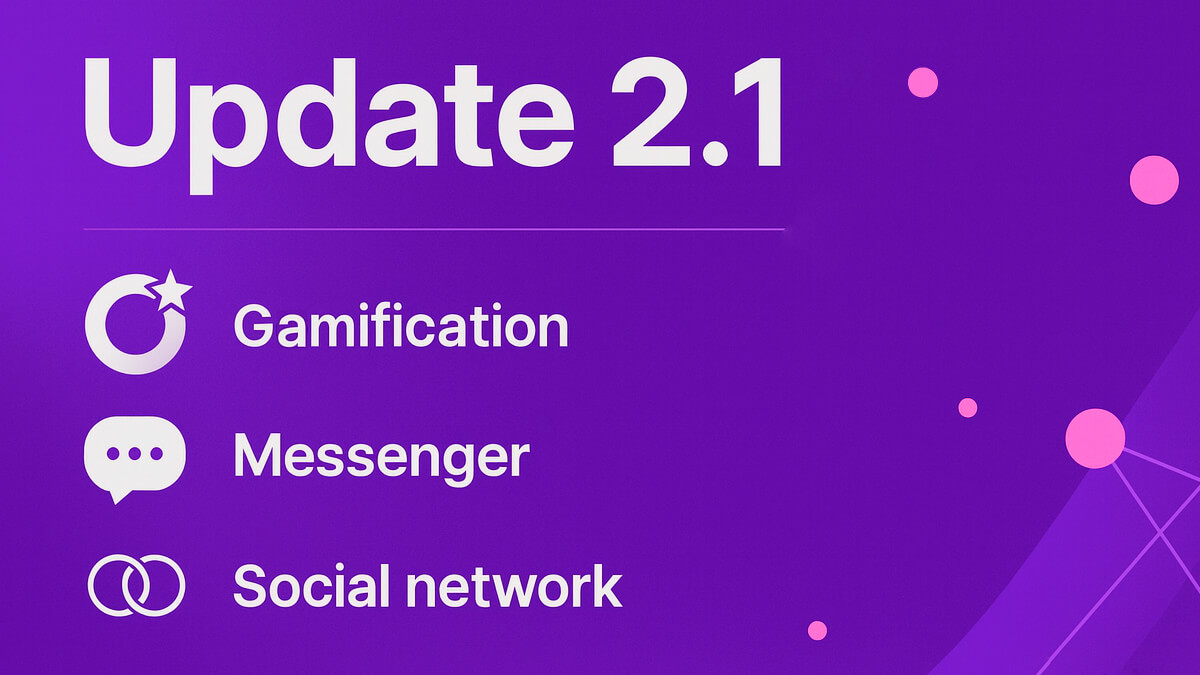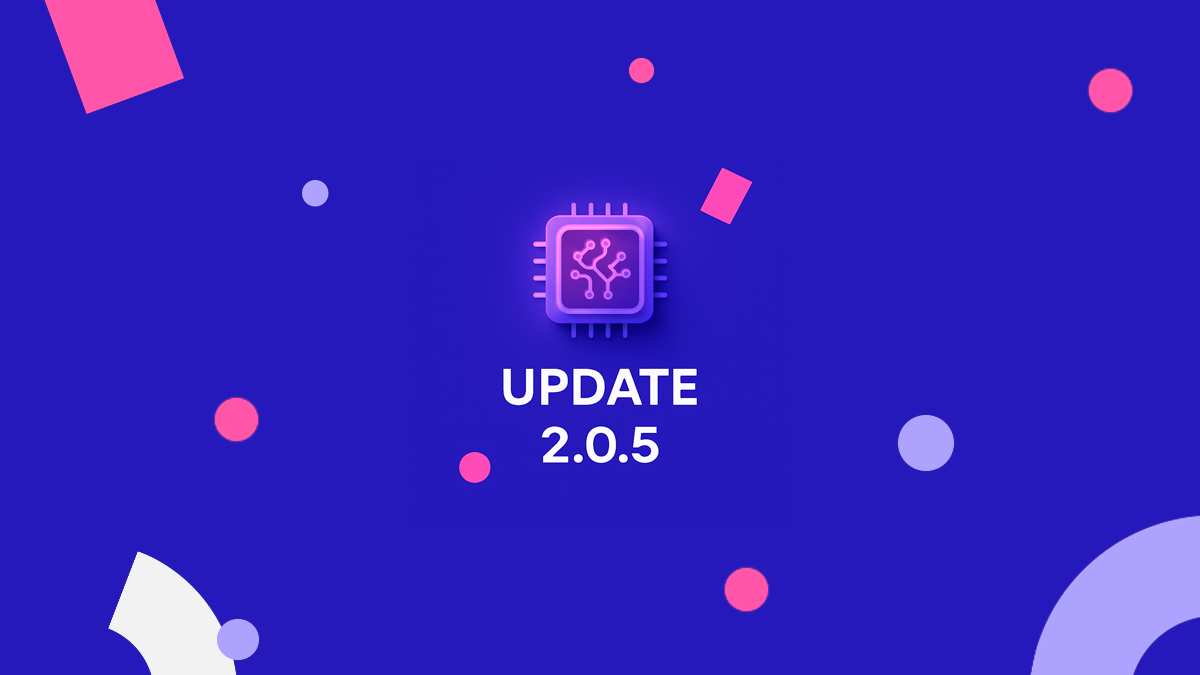What is a distance learning system?
The online learning market is the fastest growing. Since 2000, it has grown by 900% worldwide, according to Oxford Learning College. The US and European markets account for 70% of users of these services worldwide. In 2023, this area is estimated to be worth more than $315 billion. It is predicted that from 2022 to 2028, it will grow by an average of 20% annually. All of this might not exist if a series of inventions and people’s desire to learn new things had not led to the emergence of the distance learning system, or LMS.
A brief history of distance learning
Distance learning has a long history that dates back to before the digital age. Initially, anyone could learn new things by correspondence. The so-called “correspondence education” appeared in the XIX century, when students received educational materials by mail. English teacher and stenographer inventor Isaac Pitman proposed this format. Later, when technology developed and television and radio appeared, the number of people studying remotely increased hundreds of times. Since the 1950s, educational television programs have become popular. Later, distance education universities began to open in the world, where students did not need to attend classes on a regular basis. Among these institutions: The Open University in the UK (founded in 1969), the University of South Africa (operating since 1946), and the National University of Distance Education (founded in 1972).
30 years later, personal computers appeared and ushered in the era of e-learning. The development and spread of the Internet has opened up new opportunities for distance education, including online courses, virtual classrooms, and learning management systems (LMS). With the development of mobile technologies, the process of obtaining education has become more accessible. Modern technologies, such as artificial intelligence (AI) and machine learning (ML), help to create personalized learning paths and adapt materials to individual student needs.
A Learning Management System (LMS) is a digital platform that allows you to create, manage, and distribute learning materials via the Internet. It is an environment and a tool for knowledge transfer. LMS has undergone several decades of transformation and has reached its best look thanks to the development of Internet technologies and the COVID-19 pandemic. Let’s take a closer look at what it consists of, what advantages and disadvantages it has.
The main components of a distance learning system
LMS is a platform for centralized creation and organization of educational content. It allows instructors to upload course materials, create tests, and evaluate students’ work. Students can attend courses, complete assignments, and receive feedback.
There are 2 types of LMS:
- open, i.e. available for free. The most famous of them are: Moodle, Google Classroom.
- commercial – available by subscription. For example, platforms: Blackboard, Canvas, Microsoft Teams, Softbook.
A distance learning system consists of several key components:
- LMS is the basis of distance learning. They are platforms that allow you to create, manage, and distribute learning materials. They also help users interact with each other through forums, chats, and video conferencing.
- Courses are structured learning materials that may include lectures, assignments, tests, and other resources. They can be synchronous (real-time) or asynchronous (self-paced).
- Interactive content is video, audio, animations, games, quizzes that engage students and increase the level of involvement in the process of acquiring knowledge.
- Assessment systems are tools for tracking student progress, evaluating their work, and providing feedback.
- Analytics are tools for collecting and analyzing learning data to help teachers and administrators better understand how students learn.
In addition to the main components, many modern LMSs have additional functionality that can meet the needs of corporate clients, individual entrepreneurs, and edTech experts:
- Gamification tools – tools to increase the level of student engagement in the learning process. They are implemented in the form of a bonus system, reward system, ratings, etc.
- CRM – a customer relationship management tool that allows you to collect and store customer data, track transactions, plan and customize marketing activities.
- Sales tools – services for accepting payments, creating landing pages, and holding various online events to attract customers.
In addition to the above components, some LMSs can provide the following work capabilities:
- Personalization. Thanks to artificial intelligence and machine learning, LMSs can adapt learning material to individual student needs. Various services integrated into the LMS also help to personalize student learning. For example, on the Softbook LMS, email newsletters and a telegram bot allow students to stay up to date with their school and know when their comments have been answered, homework has been checked, etc.
- Mobile learning. Many modern LMSs are optimized for mobile devices, allowing students to learn anywhere and anytime.
These components together create an effective distance learning system that can be customized for different needs. The advantages and disadvantages of using an LMS are discussed below.
Advantages and disadvantages of the distance learning system
In 2020, during the covid quarantine, the number of online students increased dramatically: higher education institutions and schools moved their work online, and adults who were simply bored at home started taking online courses.
It was then that LMS capabilities became a lifesaver due to a number of its advantages:
- Flexibility. Students can study when it is convenient for them, according to their own schedule. Online school owners can easily customize and manage the work according to their needs and LMS capabilities.
- Accessibility. Education is accessible to people in remote regions or those who cannot attend traditional classes, as the quarantine period has shown. Online school owners can work with students from anywhere in the world.
- Individual approach. The educational material can be adapted to the personal needs of the student, corrected and supplemented without stopping the course.
- Saving resources. All teaching materials can be used online, no need to print and send them to students in physical form.
Disadvantages of LMS:
- Lack of social interaction. Students may experience a lack of direct communication with teachers and classmates.
- Technical problems. Problems with the Internet or equipment can interfere with learning.
- Self-discipline. Distance learning requires students to have a high level of self-discipline and organization.
- Usability. The level of user satisfaction depends on the convenience of the learning environment, ease of use, and quality of the LMS.
It is hard to imagine the modern world without online learning. Humanity has appreciated all its advantages and it will not disappear like a steamer or an airship. Technology and market demand have created all the conditions for it to work. Therefore, distance learning systems, as the main platform for online learning, will be updated and enhanced with the most modern tools and technologies.
Articles are good, but social media posts are faster!
Subscribe to us and be the first to receive tips and tricks
on promoting your online school!


Earn money on your knowledge and experience with
Softbook!
to the platform for setting up your own school!






